
PIV Systems in Singapore By Seika Digital Image
PIV, or Particle Image Velocimetry, is a technique that is used to visualise airflow and measure the distribution of velocity. It’s a widely used imaging technique for fluid dynamic research and education.
If you are looking for the best PIV solutions provider in Singapore, you’ve come to the right place.
Seika Digital Image provides the best Engineering Solutions using Laser Technology & High-Resolution Broadcast Film Equipments.
Seika Digital Image Product Category
Click on the products below to navigate around faster
PIV Software Koncerto II
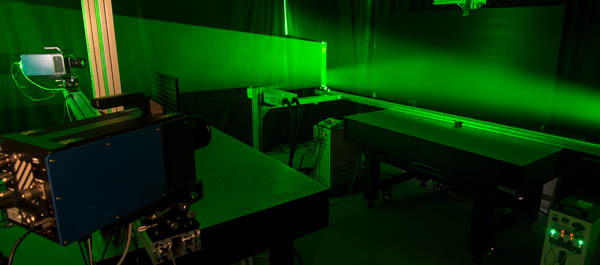
Koncerto Ⅱ is designed to easily add support for new cameras and supports a wide range of cameras for PIV, Time-Resolved PIV, Micro PIV, LIF, etc.
Koncerto Ⅱ uses a high-resolution digital camera that can capture two images at a time interval of less than a few microseconds with frame straddling technology. We are preparing various types of cameras that are compatible with normal PIV, large-scale PIV, time-series PIV, micro PIV etc.
Standard 2D-PIV
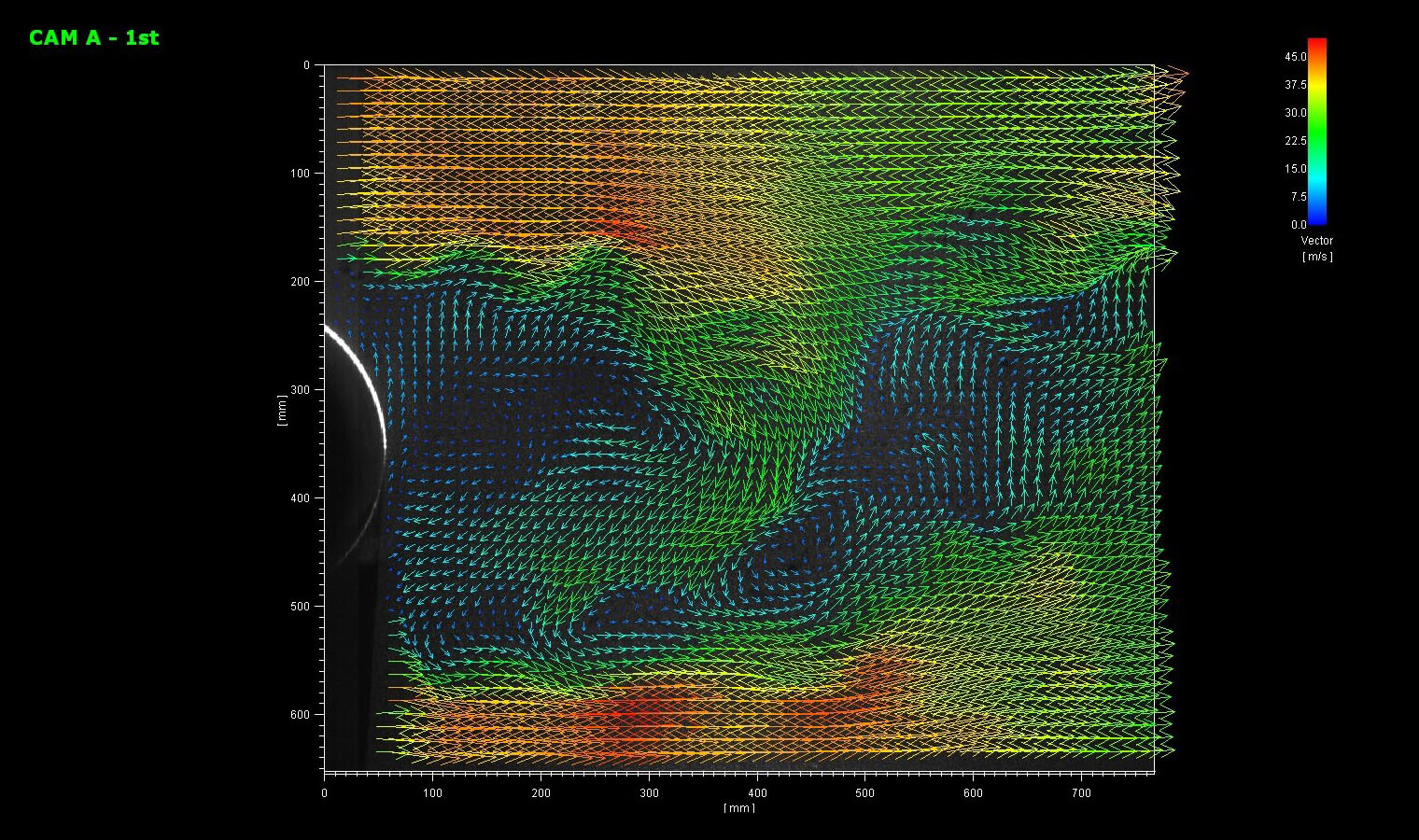
The 2D-PIV system measures the in-plane two-dimensional velocity component irradiated on the laser light sheet. Frame Straddling allows for all speed ranges. Moreover, with the latest PIV analysis algorithm, it is possible to accurately analyse a wide range of speeds from low speed to high speed at the same time. It is compatible with various types of cameras and laser equipment, making it possible to construct any type of PIV system.
Capable of measuring 2 velocity components (u and v) in a plane defined by the laser light sheet. It consists of a double pulse laser, a double shutter camera, BZ-60 light sheet optics, a TT1680 timing controller, Koncerto software, and a PC. The typical time resolution is 10 Hz.
Stereo 3D-PIV
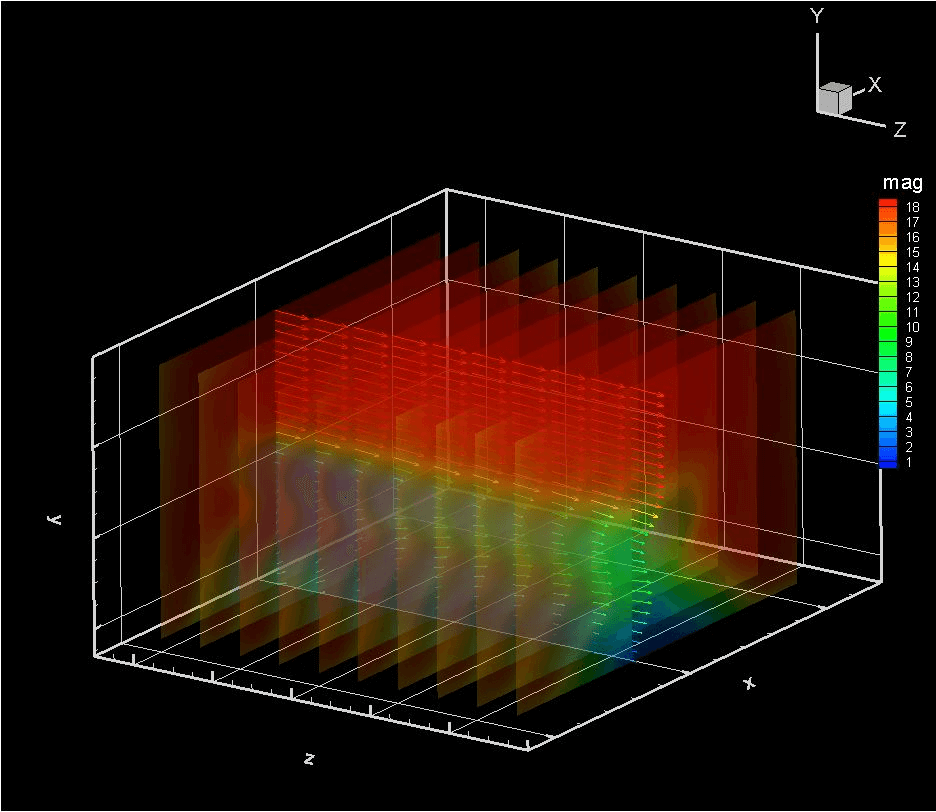
Capable of measuring all 3 components in a plane defined by the laser light sheet. It consists of the second camera, Scheimpflug camera mount, and calibration target in addition to the 2D-PIV system. The typical time resolution is 10 Hz.
Time Resolved PIV
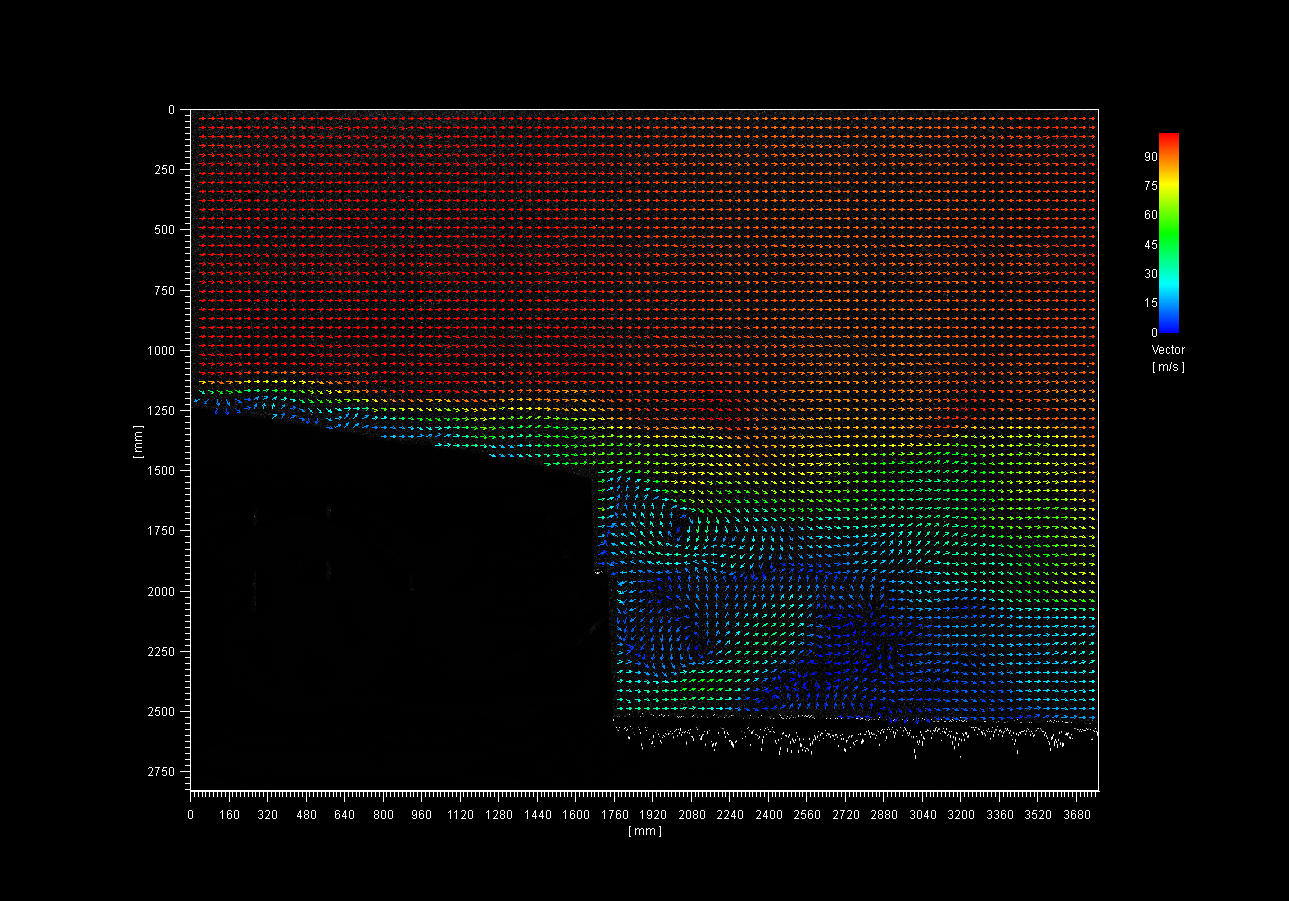
Capable of obtaining very high time resolution up to around 50 kHz. A high-speed video camera and a high repetition rate pulse laser are used.
Micro PIV
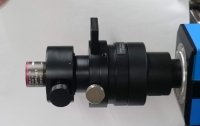
For microfluidics such as MicroTAS, Lab on a chip, etc., An optical microscope is used. A piezoelectric focus scanner is available.
Confocal Scanning PIV
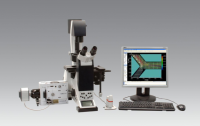
For microfluidics such as MicroTAS, Lab on a chip, etc., an optical microscope is used. A piezoelectric focus scanner is available.
Probe PIV
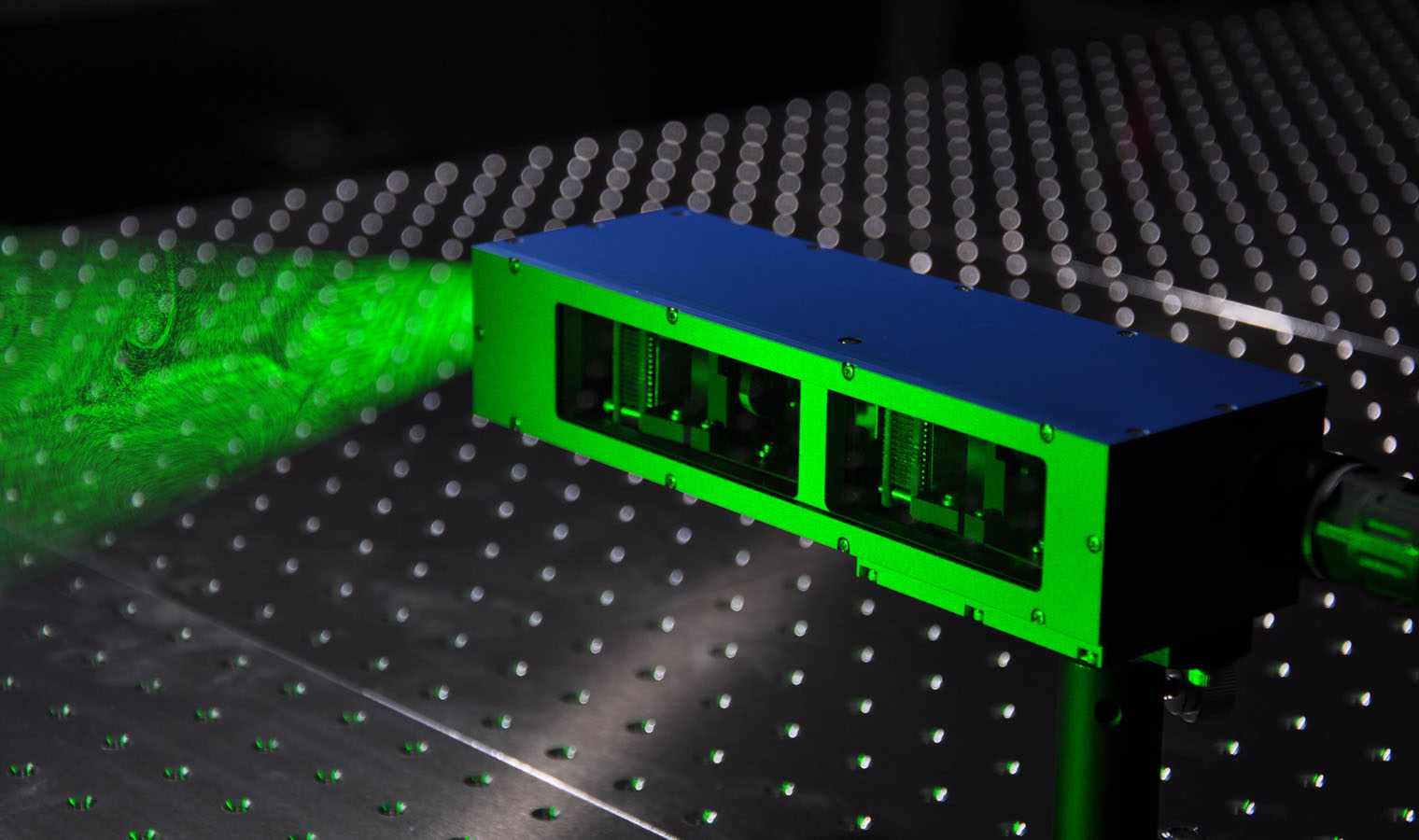
The probe PIV is a 3D-PIV system in which two cameras are installed in the BOX, and the laser and the camera are integrated by transmitting the laser with the fibre. It is unnecessary to adjust Shine Flag · Focus adjustment, Laser sheet adjustment, and User calibration like an ordinary 3D-PIV system.
In addition, since calibration is performed during maintenance, calibration by the user is unnecessary.
Frequently Asked Questions About PIV
What Does PIV Mean?
PIV, or Particle image velocimetry, is an imaging technique that uses lasers to visualize and measure the instantaneous velocity of a fluid within a plane. It is a type of Time of Flight measurement.
Where Is PIV Used?
PIV has many uses in research and education through the study of fluid dynamics such as in wind tunnel tests for vehicles, water current behind ships, thermal spraying, nozzles, and more.
What Are The Components Of A PIV System?
PIV systems vary depending on the applications and equipment, but the basic setup uses a digital camera to capture the images, a laser, a synchronizer to act as a control for both camera and laser, seeding particles, and the fluid that will be analysed.
What Are Seeding Particles In PIV Systems?
In the study of flow and fluid dynamics, a seeding is the introduction of a certain particle that will ride the flow of the fluid without altering it in any way. The particles are then illuminated to be visible, which will then be tracked and will be the basis for calculating the velocity and flow direction, or the velocity field, of the fluid being studied.
Looking for more specific products?
Click on the buttons below to view more.
Get Started
Applications and Techniques
EastWest SVC distributes a wide range of products, technologies, and services for professionals. Our clients are from the industrial and manufacturing sectors such as life scientists, clinical and diagnostics researchers and process engineers. Our goal is to help you achieve the desired results using the latest technology.
